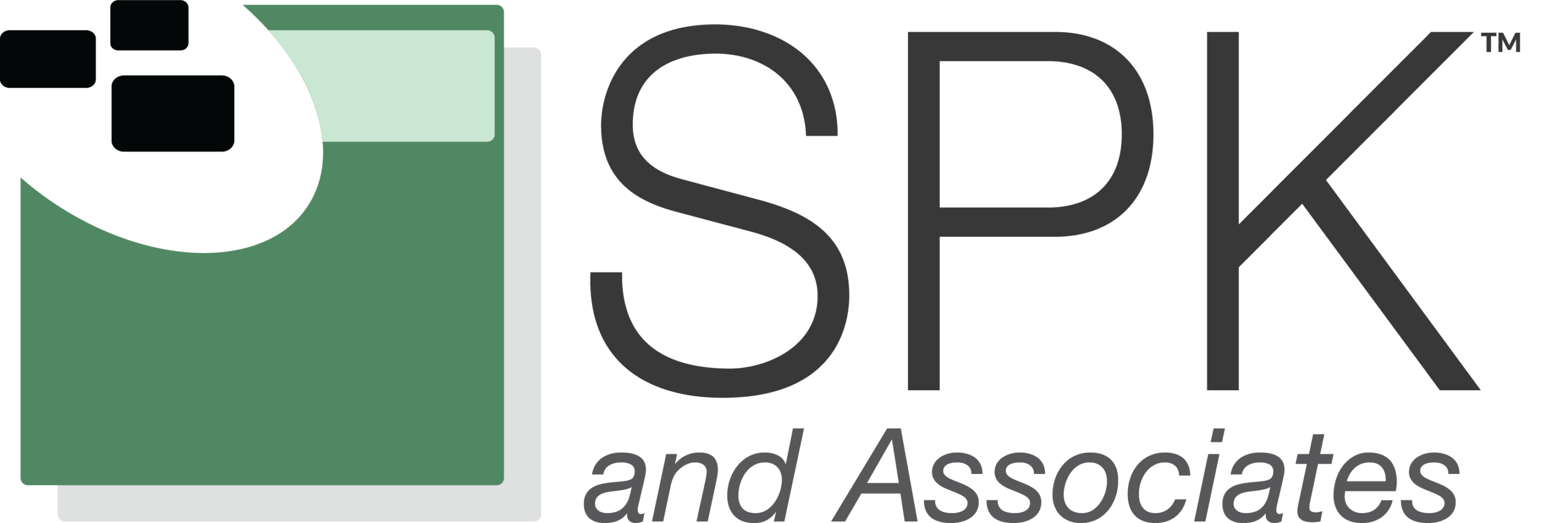Open source software is everywhere, and for good reason. It drives innovation, giving teams access to powerful tools and frameworks without licensing fees. While the benefits are clear, hidden open-source components in your product can introduce risks. These include security vulnerabilities, licensing conflicts, and compliance headaches. Due to these threats, it’s crucial to know exactly what’s in your codebase and to have a plan for managing it.
Open Source Code in Your Product: Why Should You Care?
When you embed open-source code in your product without oversight, you open the door to several challenges:
- Liabilities and Legal Risks: Open-source licenses can carry obligations you must comply with, like sharing derivative works. Non-compliance can lead to costly legal disputes or forced changes to your product.
- Limited Warranties and Maintenance: Unlike proprietary software, open-source components rarely come with robust vendor support. If something breaks or introduces a security gap, your team must resolve it.
- Compatibility Issues: Some open-source libraries may not play nicely with your proprietary stack or specialized hardware. It is not created to fit your team’s unique needs.
- Hidden Costs: While the software itself may be free, integrating, securing, and maintaining it isn’t. Many teams underestimate the time and cost needed to keep open-source code safe and compliant.
Open source is powerful, but it can become a liability if it is improperly managed.
How to Detect Open Source in Your Code
Fortunately, there are proven tools and techniques to detect and manage open-source dependencies in your product:
SonarCloud / SonarQube
SonarCloud (and its self-hosted sibling SonarQube) help teams continuously inspect their code for quality, bugs, and security issues. As part of its analysis, Sonar can perform Software Composition Analysis (SCA) by scanning your project’s manifests and lockfiles (like pom.xml for Java or package-lock.json for JavaScript). It then compares dependencies against known open-source components, flagging vulnerabilities and license conflicts. The best part? It does all of this without you having to upload your proprietary source code.
GitLab Dependency Scanning
If you use GitLab for CI/CD, you can enable built-in Dependency Scanning. It automatically analyzes your code and containers during pipeline runs, checking for known vulnerabilities in direct and transitive (nested) dependencies. Issues appear right in your merge requests, so you can fix them before code hits production.
Black Duck
For deeper compliance and security, Black Duck goes a step further. It inventories all open-source components and maps them to their licenses, known vulnerabilities, and policy rules. Black Duck can generate a comprehensive Software Bill of Materials (SBOM). An SBOM is a critical deliverable for companies selling software to government agencies or highly regulated industries.
Why You Should Have an SBOM
A Software Bill of Materials (SBOM) is like a parts list for your software. It details every component, including open-source libraries, so you know exactly what’s inside your product. Here’s why that matters:
- Transparency: An SBOM shows customers and regulators that you understand your software supply chain.
- Compliance: Many government contracts now require vendors to provide SBOMs (per Executive Order 14028). Even if you don’t sell to the government, this is fast becoming an industry standard.
- Security: When a new vulnerability is disclosed, your SBOM helps you pinpoint if you’re affected (and where) so you can patch fast.
- Legal Protection: An SBOM makes it easier to verify that you’re complying with open-source licenses, avoiding potential infringement issues.
A well-maintained SBOM doesn’t just protect your business; it builds trust with your customers.
Recognizing Open Source Code
Open source isn’t going away anytime soon. In fact, its role in modern software is continuously growing. The organizations that succeed will be those that manage it responsibly. By using tools like SonarCloud, GitLab, and Black Duck and by maintaining an up-to-date SBOM, you’ll strengthen your security and reduce legal and compliance risks. If you need help turning your open source from a hidden risk into a strategic advantage, contact our experts today. We can help you stay aware, compliant, and secure.












